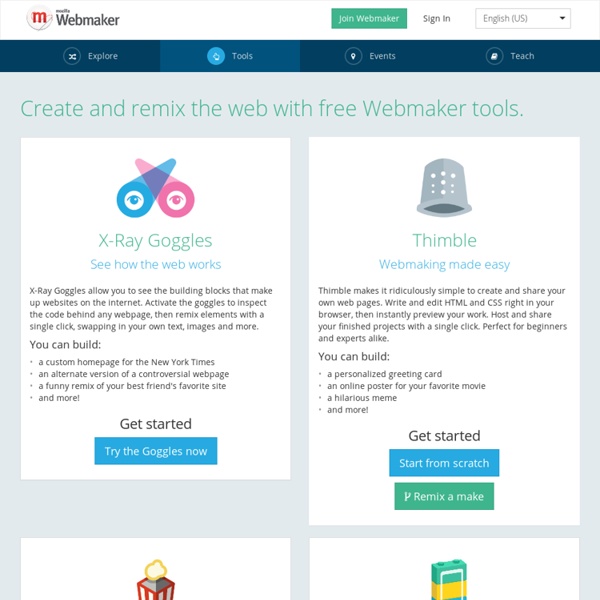



Piano Reality PowToon SightSpace 3D cadTouch is a PRO CAD solution that completely reinvents on-site drawing, giving to professionals in various core fields like architecture, engineering, real estate, home design, and more, the power to measure, draw and view their work on-site. This is the full version of cadTouch 5, a professional CAD 2D editor and 2D/3D viewer at your fingertips. cadTouch is really easy to use and it's fast multitouch interface will give you the precision and flexibility that pen and paper fail to archive, finally you will have the perfect on-the-go companion for desktop software like AutoCAD™, SketchUp™ or Solidworks™ and every other DWG/DXF compatible app. THIS WEEK ONLY: Get cadTouch 50% off it's US$20 price, hurry up! cadTouch requires no internet connection and no subscription. cadTouch is a DWG/DXF drawings editor and viewer, you can open, share and save your work in DWG, PDF and PNG (Pro version only).
Tantric Star AR The only deck of its kind available on the worldwide web and now available for your mobile device! This free version is a taste of what the full version can give. If you like the free version, please purchase the full version. 12 randomly selected, deliciously illustrated and beautifully written oracle cards comprise the free version of this magical and jewel like app. For lovers of tarot and oracle decks worldwide, this deck will fill you with a deep and beautiful connection to the love and beauty that flows in the world around and within you. It's so very simple. The Cards will answer. This easy-to-use deck is perfect for beginners as well as those more experienced with divination card readings. With this magical and intuitive free version of the Mandala Guidance Cards App you can: - Get 'Mandala readings' anywhere, anytime on your mobile device -Choose cards in response to your inner questions by simply shaking and tapping the centre icon Excerpts from user reviews: About the Author:
Google Glass Optical head-mounted computer glasses Google started selling a prototype of Google Glass to qualified "Glass Explorers" in the US on April 15, 2013, for a limited period for $1,500, before it became available to the public on May 15, 2014.[13] It had an integral 5 megapixel still/720p video camera. The headset received a great deal of criticism amid concerns that its use could violate existing privacy laws.[14] On January 15, 2015, Google announced that it would stop producing the Google Glass prototype, to be continued in 2017 tentatively.[15] In July 2017, Google announced the Google Glass Enterprise Edition.[16] In May 2019, Google announced the Google Glass Enterprise Edition 2.[17] Development[edit] The Google Glass prototype resembled standard eyeglasses with the lens replaced by a head-up display.[20] In mid-2011, Google engineered a prototype that weighed 8 pounds (3.6 kg);[21] by 2013 they were lighter than the average pair of sunglasses.[1] Release date[edit] Features[edit] Lisa A.
Augmented reality NASA X38 display showing video map overlays including runways and obstacles during flight test in 2000. Augmented reality (AR) is a live direct or indirect view of a physical, real-world environment whose elements are augmented (or supplemented) by computer-generated sensory input such as sound, video, graphics or GPS data. It is related to a more general concept called mediated reality, in which a view of reality is modified (possibly even diminished rather than augmented) by a computer. As a result, the technology functions by enhancing one’s current perception of reality.[1] By contrast, virtual reality replaces the real world with a simulated one.[2][3] Augmentation is conventionally in real-time and in semantic context with environmental elements, such as sports scores on TV during a match. Technology[edit] Hardware[edit] Hardware components for augmented reality are: processor, display, sensors and input devices. Display[edit] Head-mounted[edit] Eyeglasses[edit] HUD[edit] EyeTap[edit]
Computer-mediated reality Art installation illustrating the mediated reality concept. First we display what's really there, and then this allows a computer to be inserted into the "reality stream" to modify it. Mediated Reality application running on Apple iPhone Computer-mediated reality refers to the ability to add to, subtract information from, or otherwise manipulate one's perception of reality through the use of a wearable computer or hand-held device[1] such as a smart phone. Typically, it is the user's visual perception of the environment that is mediated. Computer-mediated reality has been used to enhance visual perception as an aid to the visually impaired. It has also been used for interactive computer interfaces.[2] The use of computer-mediated reality to diminish perception, by the removal or masking of visual data, has been used for architectural applications, and is an area of ongoing research (see for instance, here and here) Window managers[edit] Wireless mediated reality[edit] Applications[edit]
Virtual reality U.S. Navy personnel using a mock VR parachute trainer. Virtual Reality (VR), which can be referred to as immersive multimedia or computer-simulated life, replicates an environment that simulates physical presence in places in the real world or imagined worlds. Virtual reality can recreate sensory experiences, which include virtual taste, sight, smell, sound, and touch. Most up to date virtual reality environments are displayed either on a computer screen or with special stereoscopic displays, and some simulations include additional sensory information and emphasise real sound through speakers or headphones targeted towards VR users. Concept origins[edit] The term "artificial reality", coined by Myron Krueger, has been in use since the 1970s; however, the origin of the term "virtual reality" can be traced back to the French playwright, poet, actor, and director Antonin Artaud. History[edit] A 2013 virtual reality headset from Oculus VR, a company Facebook acquired in 2014 for $2 billion